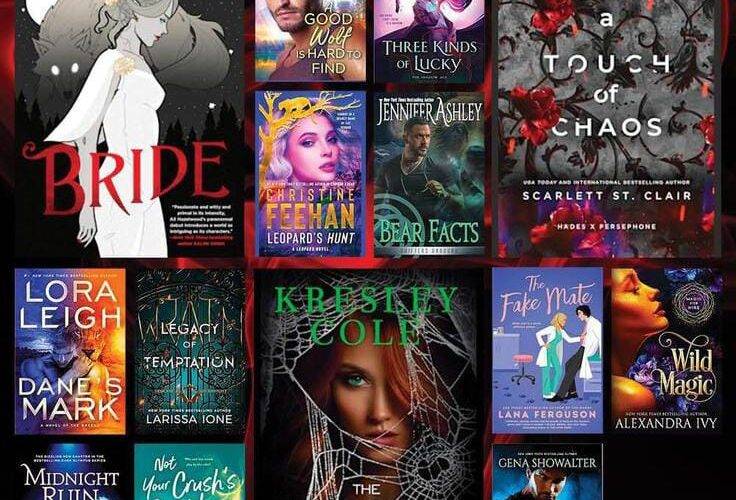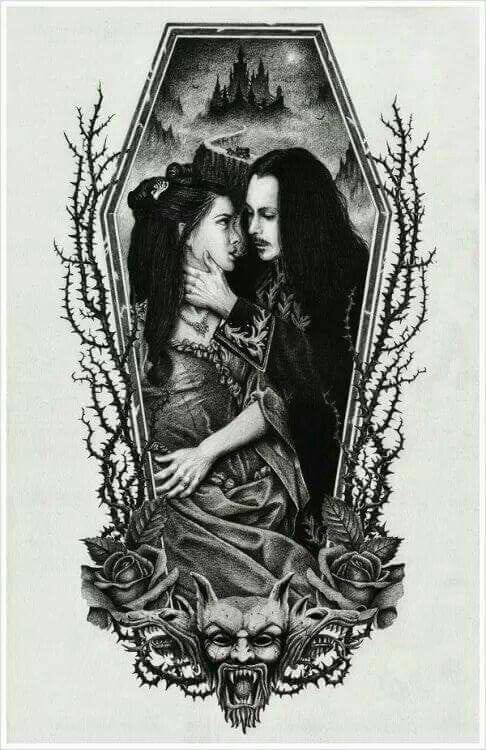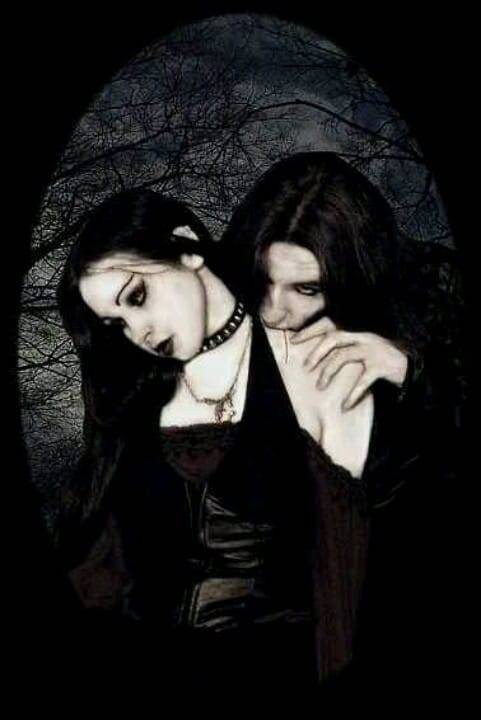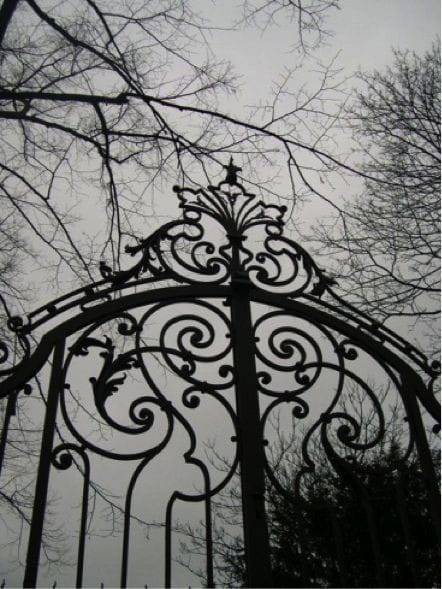Paranormal romance has captivated readers for decades, blending the appeal of the supernatural with the timeless allure of romance. This genre, characterized by its inclusion of otherworldly beings like vampires, werewolves, and witches, has not only dominated bestseller lists but also spawned a multitude of movies and TV series.
Paranormal romance has deep roots in literature, dating back to Gothic novels of the 18th and 19th centuries. These early works, such as Bram Stoker’s “Dracula” and Mary Shelley’s “Frankenstein,” laid the foundation by combining horror with romance. The mysterious and often tragic love stories in these novels set the stage for the genre’s development.
In the late 20th century, the genre evolved significantly with the publication of novels like Anne Rice’s “The Vampire Chronicles” and Laurell K. Hamilton’s “Anita Blake: Vampire Hunter” series. These books introduced complex, morally ambiguous supernatural beings, intertwining their existence with human emotions and relationships. The blend of horror, fantasy, and romance in these works captivated readers and expanded the genre’s reach.
Vampires are perhaps the most iconic figures in paranormal romance. Their appeal lies in their immortality, which allows for endless possibilities in storytelling. Vampires are often shown as eternally youthful and beautiful, making them irresistible romantic leads. Their struggle with their dark nature and the conflict between love and their predatory instincts add depth to their characters.
The modern vampire romance was significantly popularized by Stephenie Meyer’s “Twilight” series. The love story between the human Bella Swan and the vampire Edward Cullen became a global phenomenon, sparking a renewed interest in vampire romances. The series’ success can be attributed to its relatable teenage protagonist, the intense forbidden love, and the incorporation of modern settings and issues.
Werewolves, with their dual nature and connection to primal instincts, offer a different but equally compelling appeal. Unlike vampires, werewolves are often portrayed as more in touch with their human side, yet struggling with the uncontrollable transformation during the full moon. This dichotomy creates a powerful metaphor for internal conflict and the struggle to control one’s darker impulses.
In popular culture, series like Patricia Briggs’ “Mercy Thompson” and Maggie Stiefvater’s “Shiver” trilogy have brought werewolf romances to the forefront. These stories often explore themes of loyalty, pack dynamics, and the balance between civilization and wilderness. The intense, sometimes feral passion of werewolves provides a stark contrast to the cold, calculated allure of vampires, offering readers a different kind of romantic fantasy.
While vampires and werewolves dominate the genre, witches and other supernatural beings also play a crucial role in paranormal romance. Witches, with their connection to magic and the natural world, bring an element of mysticism and empowerment. Series like Deborah Harkness’ “All Souls Trilogy” and Nora Roberts’ “Three Sisters Island” trilogy highlight the appeal of witches, focusing on their magical abilities and the challenges they face in a modern world.
Other supernatural beings, such as angels, demons, and ghosts, add variety and richness to the genre. Each type of being brings unique abilities and mythologies, allowing for diverse and imaginative storytelling. These characters often grapple with existential questions and moral dilemmas, adding depth to their romantic entanglements.
Paranormal romance often explores themes of identity, power, and the boundaries between the human and the supernatural. The protagonists, whether human or otherworldly, frequently face challenges related to self-discovery and acceptance. These themes resonate with readers, who see reflections of their struggles and desires in the characters’ journeys.
The genre also delves into the concept of forbidden love. The relationships between humans and supernatural beings often face societal taboos and existential threats, heightening the emotional stakes. This element of danger and the struggle to overcome insurmountable odds make the love stories more intense and compelling.
Moreover, paranormal romance allows for the exploration of power dynamics. Supernatural beings often possess extraordinary abilities, creating imbalances in their relationships with humans. The negotiation of power, consent, and equality within these relationships provides rich material for storytelling and character development.
The influence of paranormal romance extends beyond literature into movies, TV series, and even video games. The success of book series like “Twilight,” “The Vampire Diaries,” and “True Blood” led to popular screen adaptations, bringing the genre to a wider audience. These adaptations often amplify the romantic and supernatural elements, creating visually stunning and emotionally charged narratives.
The genre’s popularity has also led to the creation of dedicated fan communities. Fans engage in discussions, fan fiction, and cosplay, creating a vibrant subculture around their favorite paranormal romances. This level of engagement reflects the deep emotional connection readers and viewers have with the genre.
As societal attitudes and literary trends evolve, so does paranormal romance. Recent years have seen a push for more diverse representation within the genre. Authors are increasingly incorporating characters of different ethnicities, sexual orientations, and gender identities, reflecting the diverse experiences of modern readers. This inclusivity enriches the genre, offering fresh perspectives and broadening its appeal.
Furthermore, the blending of paranormal romance with other genres, such as science fiction and dystopian fiction, continues to expand the possibilities for storytelling. Hybrid genres allow for innovative narratives and complex world-building, attracting new readers and keeping the genre fresh and exciting.
This mix of romance and adventure keeps readers curious and engaged, eager to discover what happens next in these extraordinary stories. By offering a fresh twist on traditional love stories, paranormal romance continues to charm and inspire, cementing its place as a beloved genre.
The popularity of paranormal romance can be attributed to its ability to combine the fantasy with the deeply human. The genre offers readers an escape into worlds where love transcends the ordinary and where the supernatural becomes a metaphor for personal and emotional challenges. From the eternal pull of vampires to the wild passion of werewolves and the magical power of witches, paranormal romance continues to captivate promising endless possibilities for the future.




